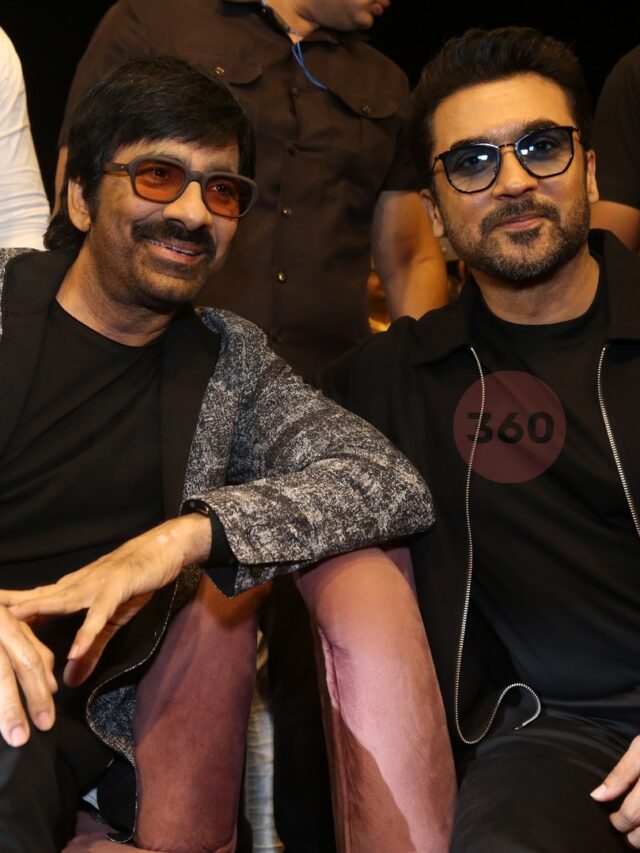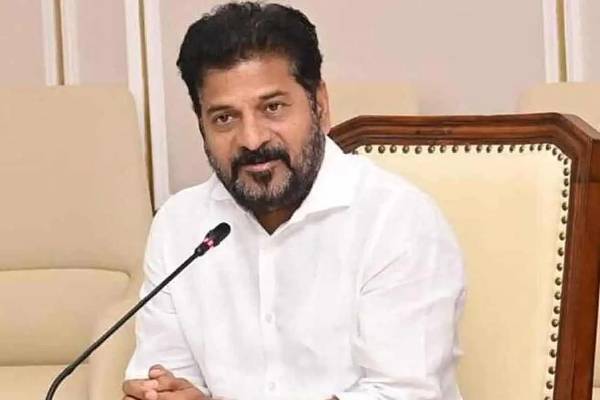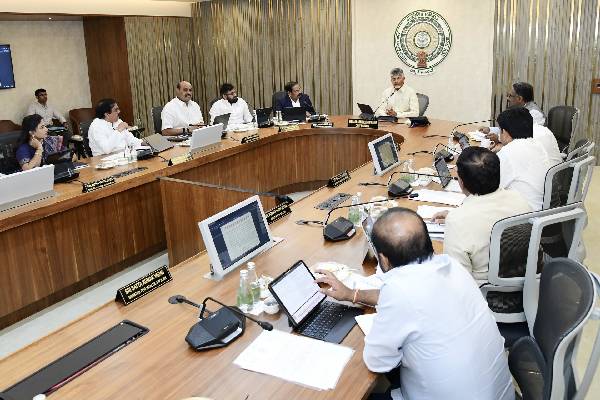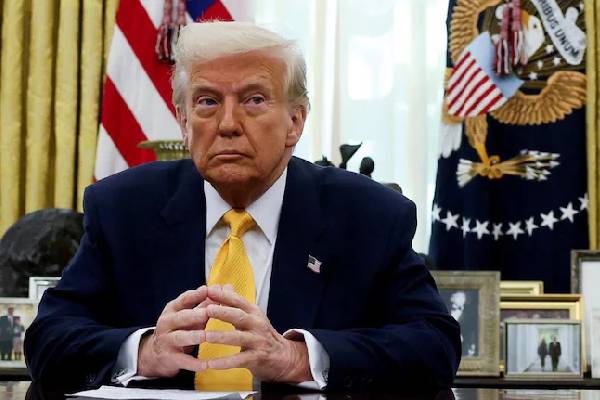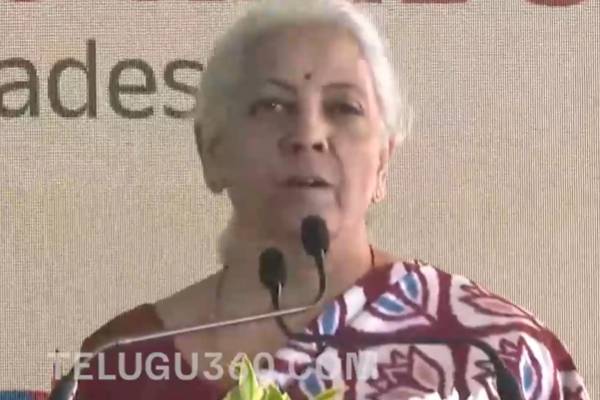The global geopolitical landscape is taking another tense turn as the United States urges the G7 nations to impose heavy tariffs on India and China. The reason? Both countries continue to import oil from Russia despite the ongoing war in Ukraine and international calls to isolate Moscow. According to US Treasury official Scott Besant, cutting off Russian oil revenue is essential to force an end to the conflict.
A New Wave of Pressure
This move by the US comes amid growing frustration over nations bypassing sanctions and maintaining energy ties with Russia. During a recent video conference, G7 finance ministers discussed this very issue, indicating their willingness to consider imposing tariffs on countries engaged in trade with Moscow. The proposal has raised eyebrows because, until now, European Union nations themselves have been significant importers of Russian oil and gas.
India, in particular, finds itself at the center of this storm. The US previously imposed high tariffs on Indian imports, signaling rising tensions between the two democratic giants. Now, adding a 50 percent tariff on crude oil imports from Russia would be a far-reaching escalation. Former US President Donald Trump openly supported this idea, claiming India was Russia’s largest oil buyer and that such tariffs were a strong political statement.
Strategic Calculations or Political Doublespeak?
While the official narrative speaks of pressuring Russia to halt the war in Ukraine, some critics call this “double speak.” Just a few years ago, Trump praised Indian Prime Minister Narendra Modi, emphasizing the importance of close Indo-US relations. Today, that image seems increasingly strained as geopolitical priorities shift.
India’s growing energy demands, combined with affordable Russian oil prices, make it challenging for the country to suddenly abandon such imports. At the same time, the government faces mounting international pressure to align with Western sanctions. This leaves India in a difficult position—balancing economic needs and global diplomacy.
The Bigger Picture: A Divided World
China faces similar criticism, but the stakes are arguably higher for India given its democratic values and strategic ties with the US. The G7’s growing consensus to impose tariffs reflects a broader strategy of isolating Russia economically. However, this approach raises serious questions about fairness and consistency. After all, several G7 members themselves have continued limited trade with Russia, complicating the moral high ground they claim to hold.
India’s trade with the G7 countries is no small matter either. Merchandise exchanges between India and G7 nations now stand at approximately $248 billion, making it a crucial economic relationship. Disrupting this balance with additional tariffs could backfire, harming both sides more than it pressures Russia.
What Lies Ahead?
The coming weeks will be critical. Will the G7 follow through with tariffs against India and China, or will they backtrack in the face of diplomatic complexities? India, on its part, has been careful to project a neutral stance on the Russia-Ukraine war, focusing instead on its national interests and energy security.
Scott Besant’s statement is clear: “Cutting off Russian revenue will end the war.” Yet, reality remains more complicated. Applying harsh tariffs on India and China could push these nations closer to Russia, strengthening alternative economic alliances. The risk of a divided world increases, where economic blocs solidify into rival camps.
This is not just about oil. It is about global power plays, shifting alliances, and the high-stakes chess game of modern geopolitics. For India and China, the challenge is how to navigate the pressure without losing their strategic footing.














